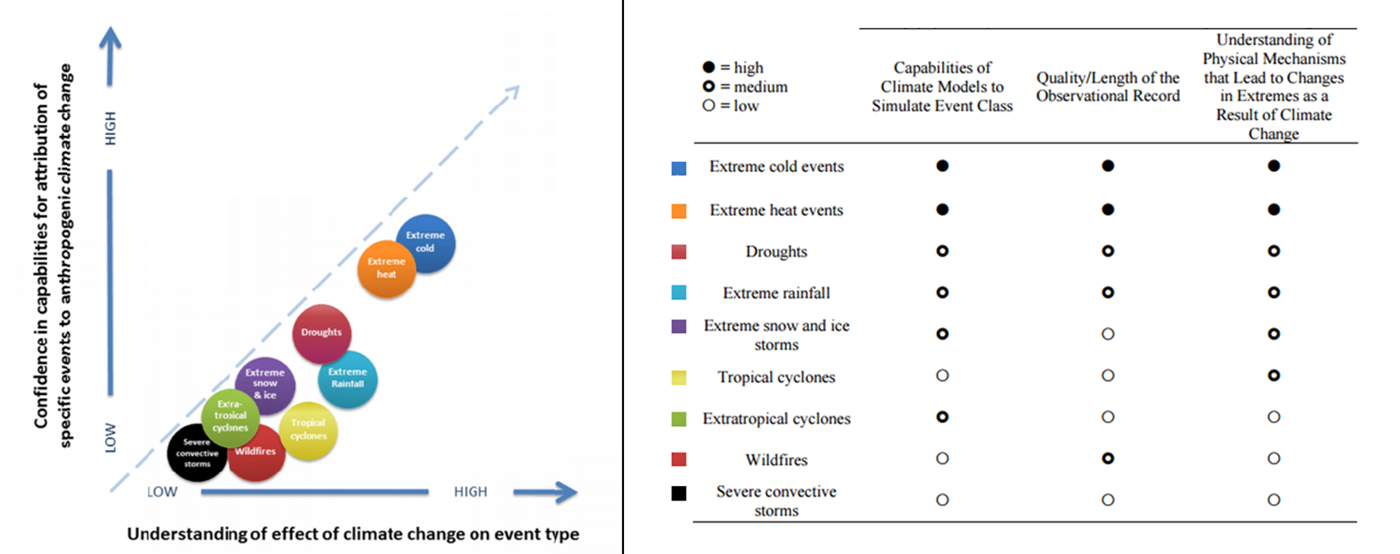A new paper by Katherine Carey looks at the different actions that state utility commissions in the Southeast have taken to ensure that their electric utilities are prepared for tomorrow’s storms.
The Gulf Coast region in the Southeastern United States is at especially high risk of more severe hurricanes and tropical storms, but there are several hardening and resiliency measures that, if implemented today, could lower recovery costs significantly by mitigating storm damages and speeding recovery. To determine which hardening and resiliency actions are being taken in one of the nation’s most vulnerable regions, the survey summarizes and compares the approaches of five state utility commissions: Alabama, Florida, Louisiana, Mississippi, and Texas.
The results indicate disjointed, widely variable approaches to storm hardening and resiliency among state commissions and utilities. In some of the states, notably Alabama, Louisiana, and Mississippi, closed-door proceedings as well as minimal reporting requirements make it unclear whether storm hardening and resiliency are high priorities, or even whether they are being discussed at all. The lack of publicly available information is likely hindering this region’s ability to develop a best-approach strategy to hardening and resiliency. If more information were publicly available, commissions and electric utilities in the region, as well as other stakeholders, would be better able to learn from each other and collaborate on identifying and prioritizing the most cost-effective hardening and resiliency measures.
In contrast, the public utility commissions of Florida and Texas have been more proactive. Commissions in both states have passed extensive reporting requirements for electric utilities, and both Commissions have encouraged public discussion on the issues by, among other things, funding localized research and reviewing at least some hardening and resiliency matters outside of the general rate case proceedings. The Florida Public Service Commission is unique in the extent to which it has addressed hardening and resiliency through regulatory requirements. The Commission requires utilities to go beyond reporting and take action in several identified areas related to hardening and resiliency.
The report also indicates that many state commissions are too narrowly focused on post-storm, reactive measures, with much less emphasis on proactive strategies. While all commissions surveyed have, in some way, addressed storm response planning and the use of certain post-storm cost-recovery mechanisms, most do not seem to have initiated any type of action plan for pre-storm hardening and resiliency measures, instead allowing electric utilities broad discretion to decide whether to initiate such actions and which actions to take.
The survey concludes with recommendations for future commission action, finding that a successful approach would involve more commission control and review of electric utilities’ hardening and resiliency measures. This would include more detailed reporting mandates and more substantive hardening and resiliency requirements, with all such requirements involving a stringent and public review process.
There should be more focus on proactive, pre-storm actions, and commissions should explore the possibility of expanding use of cost-recovery mechanisms to help incentivize utilities. Finally, commissions need to take more of a leadership role. They are in the best position to ensure that the most cost-effective hardening and resiliency measures are implemented. They also are more able to develop and implement a comprehensive, long-term strategy, based on an assessment and prioritization of localized vulnerabilities. The commission should also emphasize more collaboration amongst the many different stakeholders involved.




